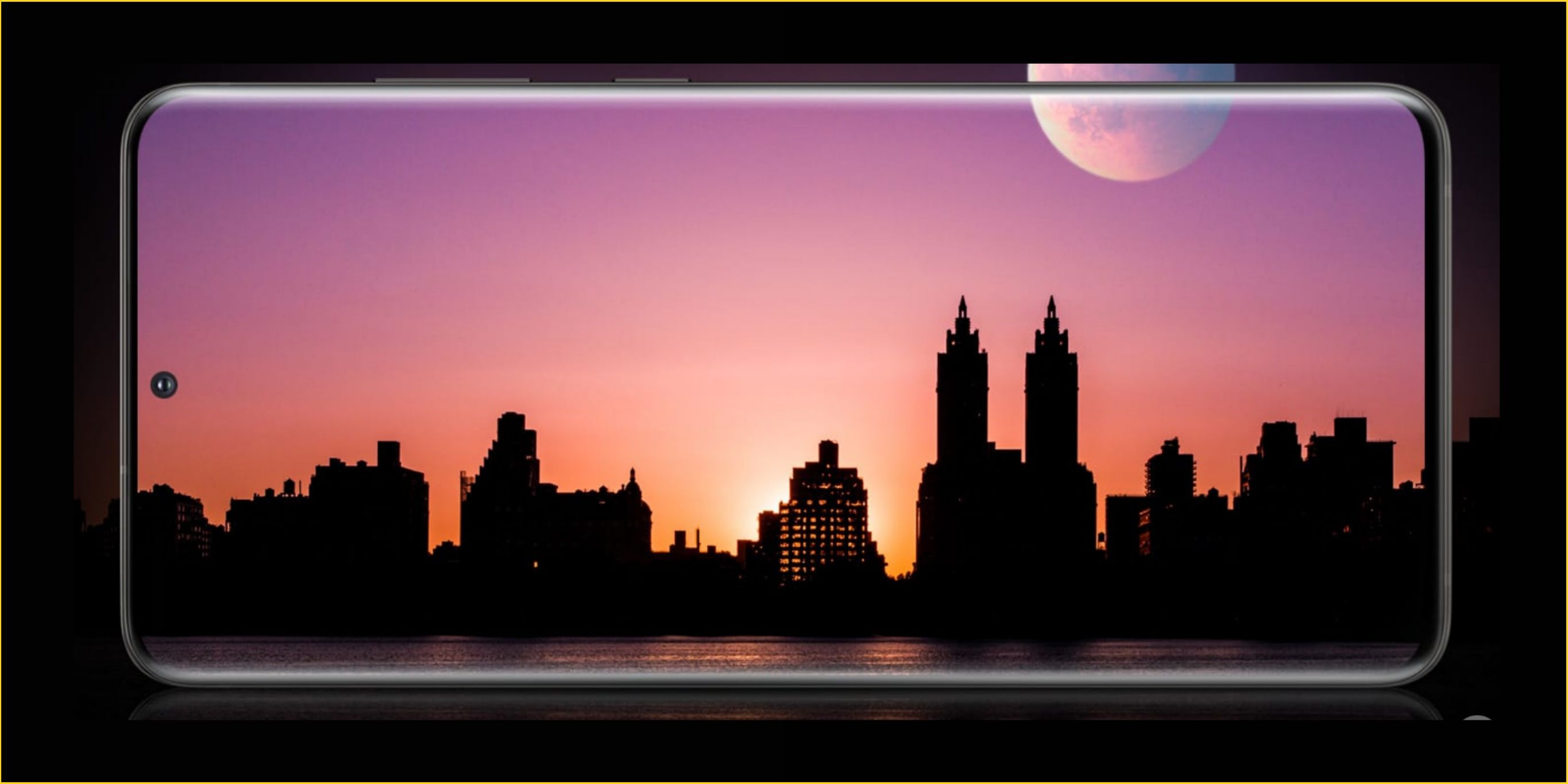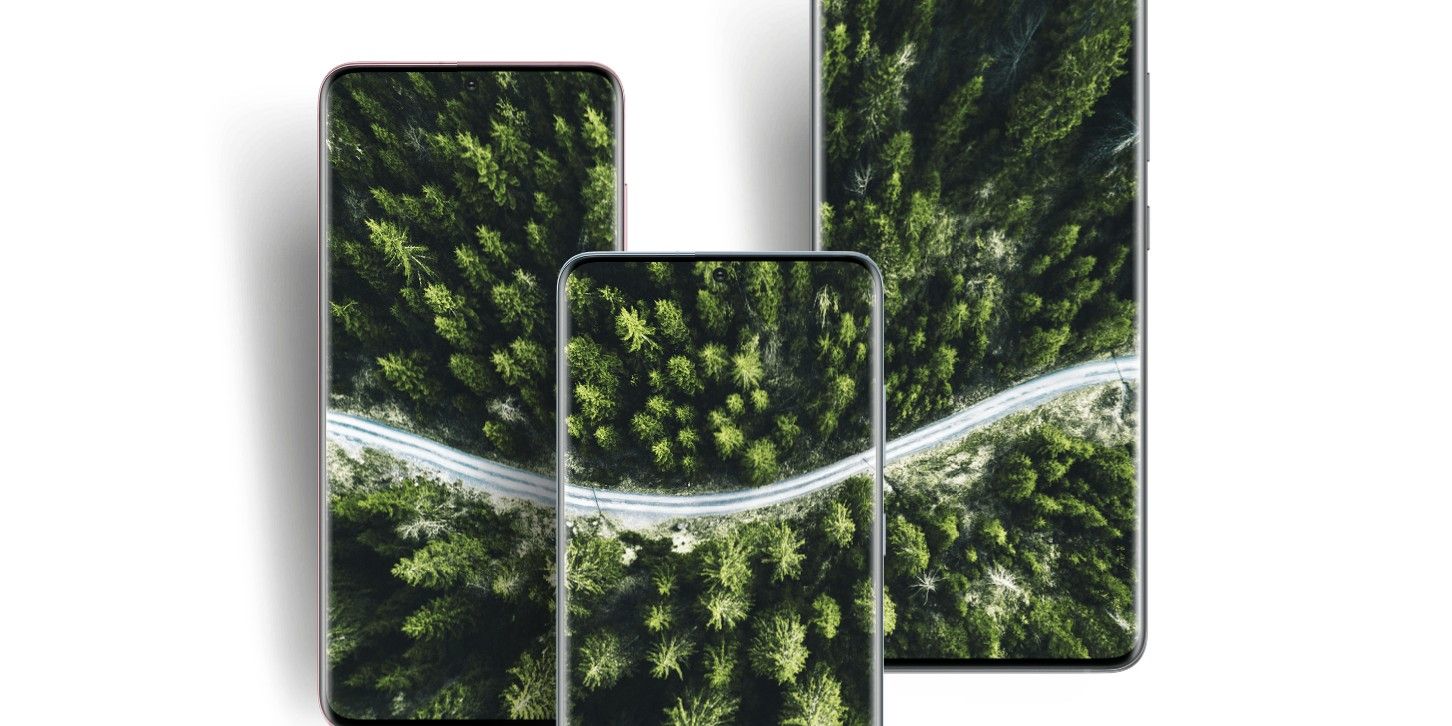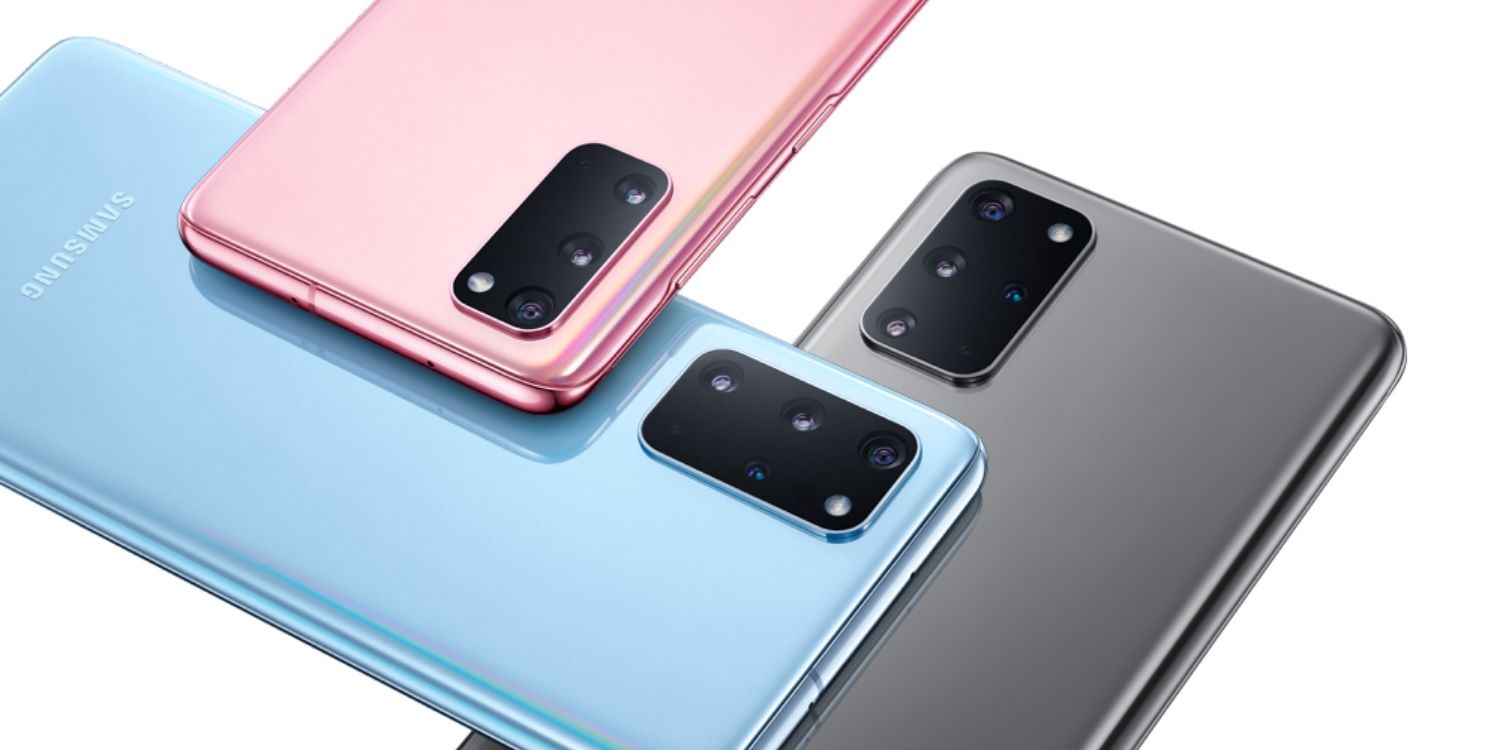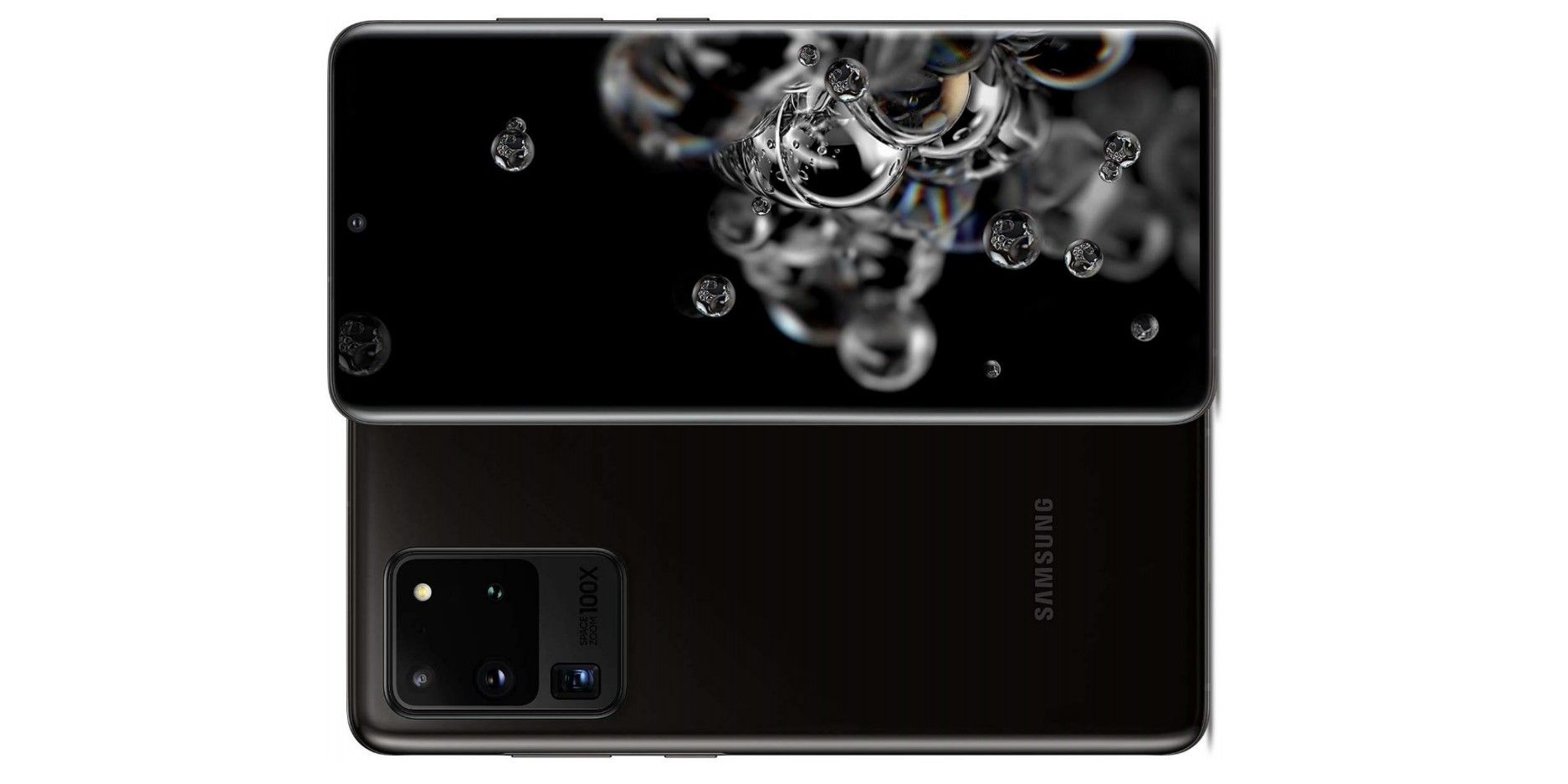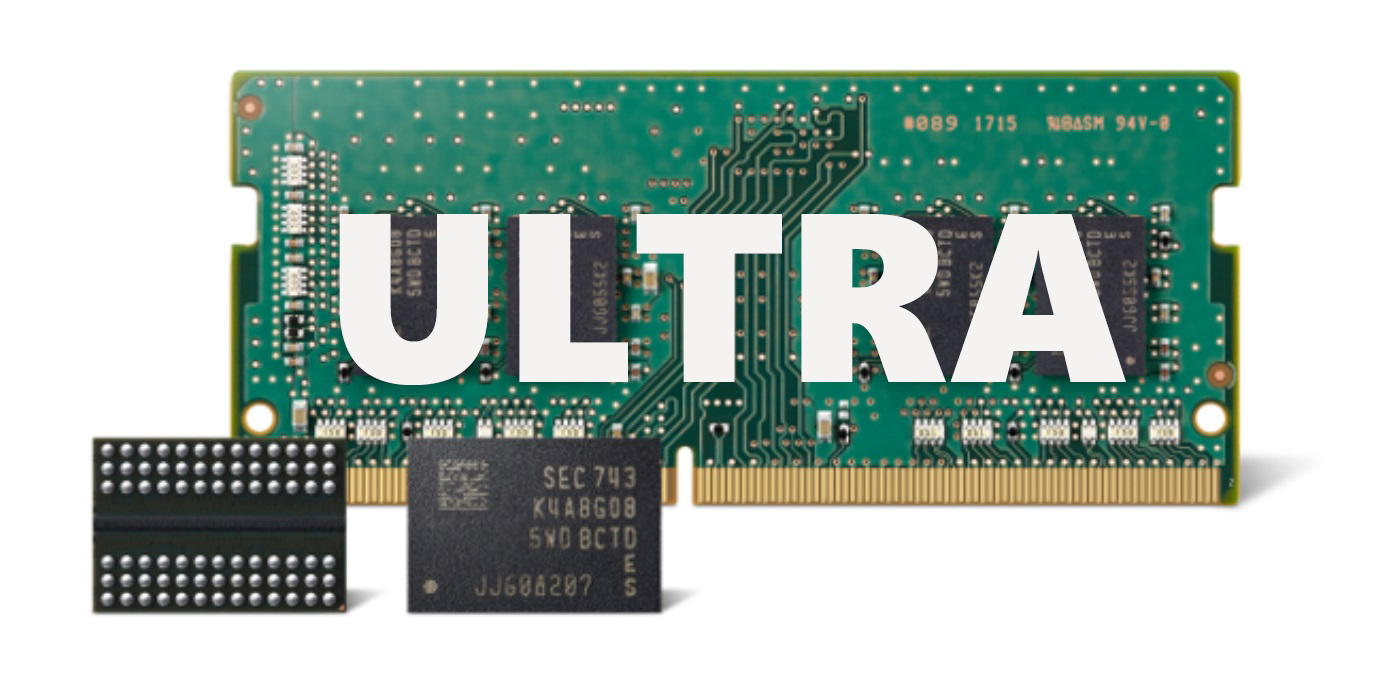The Samsung Galaxy S20 series of smartphones will become available at retail on March 6, but reviews for the 5G flagship device have already gone live. Samsung is no stranger to criticism, as the company's products have been faced with comparisons to Apple iPhones since the dawn of the smartphone era. The S20 promises to be one of the more forward-thinking devices in recent memory due to its status as one of the few 5G phones on the market and its ability to record 8K video. With a price range between $999 and $1399, it has a lot to prove.
In a time where the primary reaction people have towards new phones is some version of "It looks like every other phone," it's difficult for a new device to seem like more than just this year's numerical upgrade. Buzzwords like "5G" and "4K" still raise eyebrows, but smartphone manufacturers are clearly struggling to differentiate their annual flagships in the eyes of the public. Those struggles are likely why more attention-grabbing designs, like foldable displays, dominate the conversation. Said struggles are also to blame for Samsung changing up the Galaxy naming scheme. Rather than the take predictable route from S10 to S11, they've made the jump to Samsung Galaxy S20 implying the start of a new generation.
To find out just how much of a leap these new devices have taken, here's a roundup of reviews from outlets around the web. Phones are always packed full of smaller features but their key factors – display, camera, design, and performance – define the device's quality.
Display
Tom's Guide - Mark Spoonauer
Another plus? The Samsung Galaxy S20 sports a new 240Hz touch sensor that’s supposed to be more responsive. When using the phone during our hands-on time, the Galaxy S20 felt pretty fluid, and you can easily toggle between 60Hz and 120Hz in the display settings menu. The bad news is that selecting 120Hz dials the resolution down from quad HD to full HD.
Tech Radar - Matt Swider
The Galaxy S20 has a 6.2-inch display, offering exactly 0.1-inch more screen real estate than last year’s 6.1-inch S10. It doesn’t dramatically change the overall size of the phone, and its max resolution remains the same as recent Samsung Galaxy S models at WQHD+ (3040 x 1440). Samsung is still offering a default resolution of Full HD+ (2220 x 1080), which looks more than sharp enough for most tasks and saves battery - giving power users and option if they want to push things harder.
Here’s another reason to keep the screen locked to 1080p: the new 120Hz refresh rate isn’t WQHD+-compatible, and the jump from 60Hz to 120Hz is significant in offering a more fluid experience when gaming or surfing the web, as we’ve seen on the ASUS ROG 2 and Razer Phone 2, even if this phone has to be in 1080.
Gizmodo - Sam Rutherford
It’s difficult to properly describe the increased smoothness and fluidity a high refresh rate display offers in words, but if you just take a couple seconds to toggle on the option in the phone, your eyes might almost cry with delight... Its peak brightness of 707 nits is excellent, and especially in Vivid mode, everything pops with splashes of rich, punchy colors. For years, Samsung has demonstrated that it makes the best mobile displays in the world, and that’s definitely still true on the S20 Ultra.
Most outlets agree the best feature of the S20's display is the optional 120 Hz refresh rate. Even though it means sacrificing resolution, it brings fluidity to the screen and makes it one of the phone's more remarkable aspects.
Camera
Tech Radar - Matt Swider
We tested the Galaxy S20’s triple-lens camera for an hour and came away impressed with three things. Firstly, Samsung has boosted the individual pixel size from 1.4 microns on the S10 to 1.8, and, second, the camera sensors themselves are larger – all of them... Third, the telephoto lens jumps from 12MP on the Galaxy S10 to 64MP (though individual pixels are smaller here, so it may not change thatmuch compared to what the numbers suggest) and it brings 3x optical and 30x digital zoom to the table.
The Galaxy S20 is the first phone we’ve tested that records 8K video, which seems like overkill – until, that is, you realize that this gives you much more scope to crop in and edit without sacrificing detail, even if you’re only outputting to 4K and 1080p.
That’s great news for content creators – although 8K is stuck at 24fps, and Samsung’s advanced Steady Stabilization doesn’t apply to 8K or 4K video, so you won't get buttery-smooth videos.
Tom's Guide - Mark Spoonauer
My favorite Samsung Galaxy S20 camera feature is Single Take. When you press the shutter button in this mode, the phone takes a series of photos while also recording 10 seconds of video. The phone then gives you a gallery of results, including an AI Best moment, and ultra-wide shot, a Live Focus (portrait mode) pic, as well as a fast forward video that’s great for social and the original video.
The Verge - Dieter Bohn (regarding the S20 Ultra)
The problem arises with faces. Like the iPhone, the S20 Ultra seems to see a face and wants to do a different kind of photo tuning to make sure it looks good. The S20 Ultra brings up shadows on faces and sometimes on the whole scene, it tries to adjust white balance differently, and it smooths out skin... The aggressive brightening is ham-fisted. The skin smoothing is out of control in a lot of cases. I don’t know what’s going on with white balance at all.
There’s another, potentially more worrisome problem with the main rear camera: focus hunting... The phone just takes a half a tick longer to grab focus than it should, and when shooting video, it’ll lose focus and have to hunt for it again.
The consensus is that the camera is exceptional overall and that 8K recording capability allows for better video fidelity while zooming or cropping footage. The major downside is on the S20 Ultra, which is the most expensive model. Samsung has issued statements about eventually resolving the focus and white balance issues, but it's uncertain if those fixes will be there day one.
Design
PC Mag - Sascha Segan
Samsung did away with the dedicated Bixby button, so now the only buttons are for power and volume. Sadly, Samsung also finally did away with the headphone jack, so you're stuck with using USB-C headphones like the included AKG buds, or Bluetooth headphones. The single nano-SIM card slot pops out of the top edge and includes room for a microSD card.
Tom's Guide - Mark Spoonauer
The Samsung Galaxy S20 doesn’t look radically different from the Galaxy S10, but there are some welcome refinements. The cutout for the front camera is smaller this time around, and it’s placed in the top center of the display instead of on the right side, so it’s less of a distraction. In addition, the display has less of a curve to it, which I appreciate because there’s less of a chance of accidental touches when you’re just shifting the phone in your hands.
Android Authority - Eric Zeman and David Imel
Then there’s the camera module. Like the modules of the iPhone 11 Pro and Pixel 4, it’s ugly as sin. A large black rectangle, the module unabashedly juts from the rear surface. The raised plateau means the phone will never rest flat on a table or desk unless in a case. I get that the space is needed to make the camera magic happen, I just wish there was another way.
Every review mentions some version of this sentiment: the Galaxy S20 is the first Galaxy S phone without a headphone jack, and it's not terribly different from the previous phones otherwise. The S20 Ultra is also universally criticized for its bulky rear camera array.
Performance
Tech Radar - Matt Swider
There’s an important distinction between the 5G capabilities of the Galaxy S20 on one hand, and the S20 Plus and Ultra on the other. While all three support the low-to-mid-band sub-6 technology, only the Plus and Ultra have mmWave antennas, which pull down much faster speeds.
Though the range of mmWave is very limited, we were already getting 1.4Gbps in May 2019, when we tested mmWave 5G in Chicago on Verizon’s newly rolled-out 5G network. So the S20 will be fast, but its bigger siblings will be faster – that is, if your carrier even supports mmWave. Sub-6 speeds should be good enough for most people, except Verizon customers, as it’s an mmWave-exclusive carrier – the base S20 won’t be sold at Verizon stores for this reason.
Gizmodo - Sam Rutherford
With 12GB of RAM, you rarely have to reload apps, which means you can switch between tasks with the greatest of haste. And for anyone who plays more demanding mobile games like PUBG Mobile or Call of Duty Mobile, having all that RAM is a massive time saver that allows you to keep multiple memory-heavy games going in the background with essentially no impact on the phone’s overall performance... In fact, when it comes to 5G performance, you’re more limited by the networks than what the phone can do. While testing out mmWave 5G on Verizon, I saw speeds between 500 Mbps to well over 1.2 Mbps in New York City, though only outside and in limited areas like around Bryant Park and MSG, as Verizon’s 5G service is relatively spotty. When I swapped in a T-Mobile SIM to try out another 5G network, I got a very different experience due to T-Mo’s use of sub-6GHz 5G, with speeds ranging from 60 Mbps to over 100 Mbps. But unlike Verizon, I was able to get that relatively consistently throughout the city, and even inside our office on the 28th floor of our building.
The Verge - Dieter Bohn
On T-Mobile, I saw 5G speeds that ranged from barely better than LTE all the way up to 120 Mbps, which is quite fast. On Verizon, once, I found a street corner with 5G (no easy feat), and I got download speeds between 800 and 1,400 Mbps, which is stupid fast. However, I could also walk 50 feet, and the 5G signal would drop. Or I could just turn around and put my body between the phone and the cell tower to slow down the signal. I could even simply stand in one spot and wait, and 5G would occasionally drop.
That’s the state of 5G right now. It hasn’t lived up to the outsized promises that have been made about it for the past couple of years. It may someday, but the buildout is going to take much longer than we’ve been led to think.
It sounds like the Galaxy S20 is as ridiculously fast as one would expect from a phone with more RAM than most PCs. Its 5G performance is generally well-regarded, aside from the unavoidable issues related to the rollout of 5G and the hassles therein.
For potential consumers, it's understandably difficult to make a purchasing decision about a phone that is both unpredictable (with 5G being in such a nascent state) and predictable (in that this phone really is simply a more powerful version of the last one). Reviewers consistently scored it in the 3/5 or 8/10 range, though, which implies it's worth purchasing. Considering the hefty price tag and how difficult it is to get value out of 5G service right now, that professional smartphone critics still think highly of the Samsung Galaxy S20 should be an encouraging sign.
The Samsung Galaxy S20, S20 Plus, and S20 Ultra will be available March 6 in the US for $999, $1,199, and $1,399, respectively.

